Floating Cities: Nimitz-Class Aircraft Carriers
October 21st, 2023
9 minute read
Nitmiz-class aircraft carriers have projected U.S. power around the globe for nearly 50 years. These nuclear-powered warships have been the backbone of the U.S. Navy — protecting shipping lanes, delivering precision strikes against our enemies and covering troops on the ground. In this article, Peter Suciu explains where these carriers have been and how they will continue to serve the United States in the coming decades.
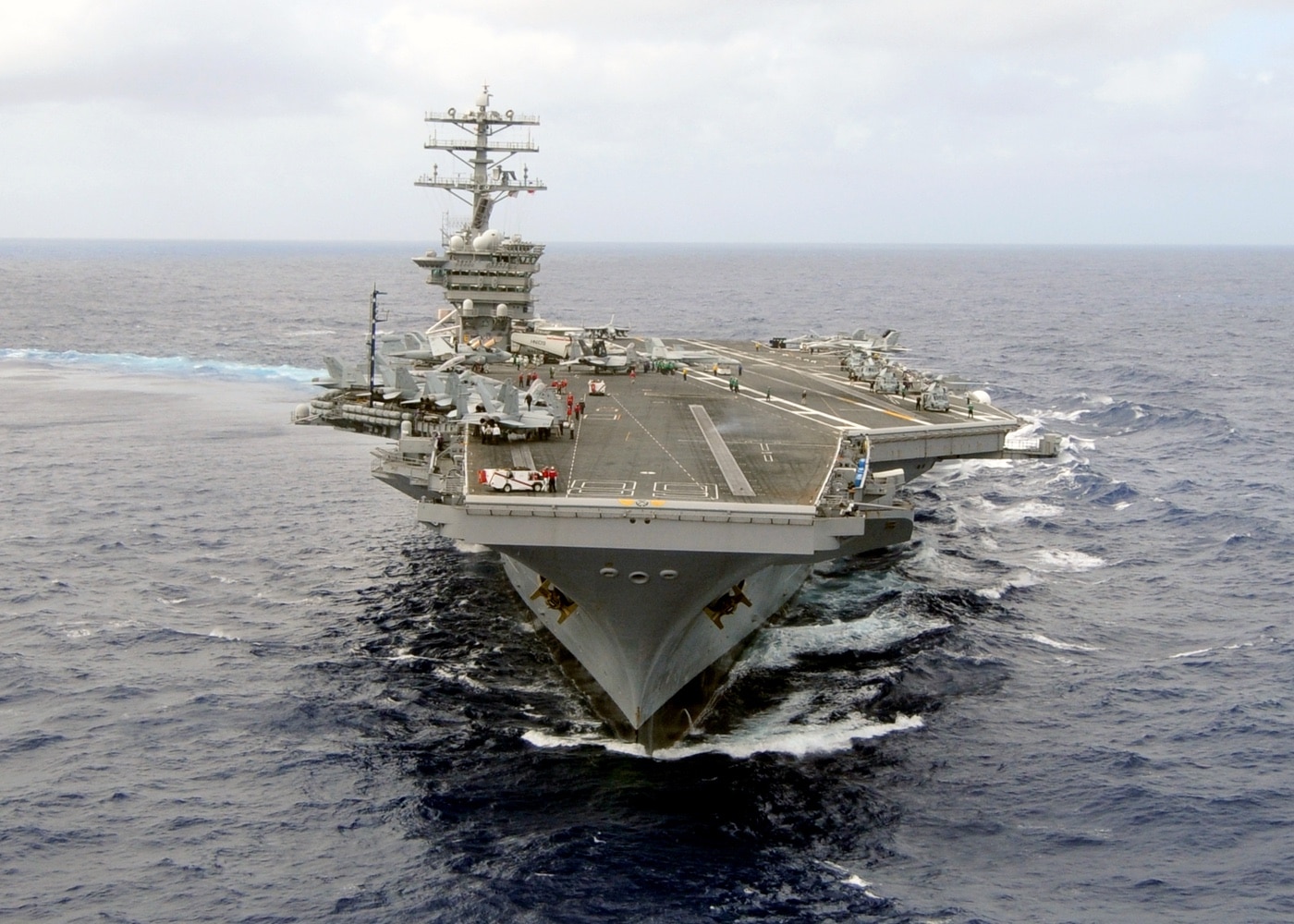
In late June, the Nimitz Carrier Strike Group (Nimitz GSG) returned to San Diego, concluding a seven-month deployment to the U.S. 3rd and 7th Fleet areas of operations (AO). That of course included USS Nimitz (CVN-68), the lead vessel of a class of nuclear-powered supercarriers, which dropped off Carrier Air Wing 17 (CVW-17) at Naval Air Station North Island.
A week later, the carrier returned to Naval Base Kitsap in Bremerton — the flattop’s homeport.
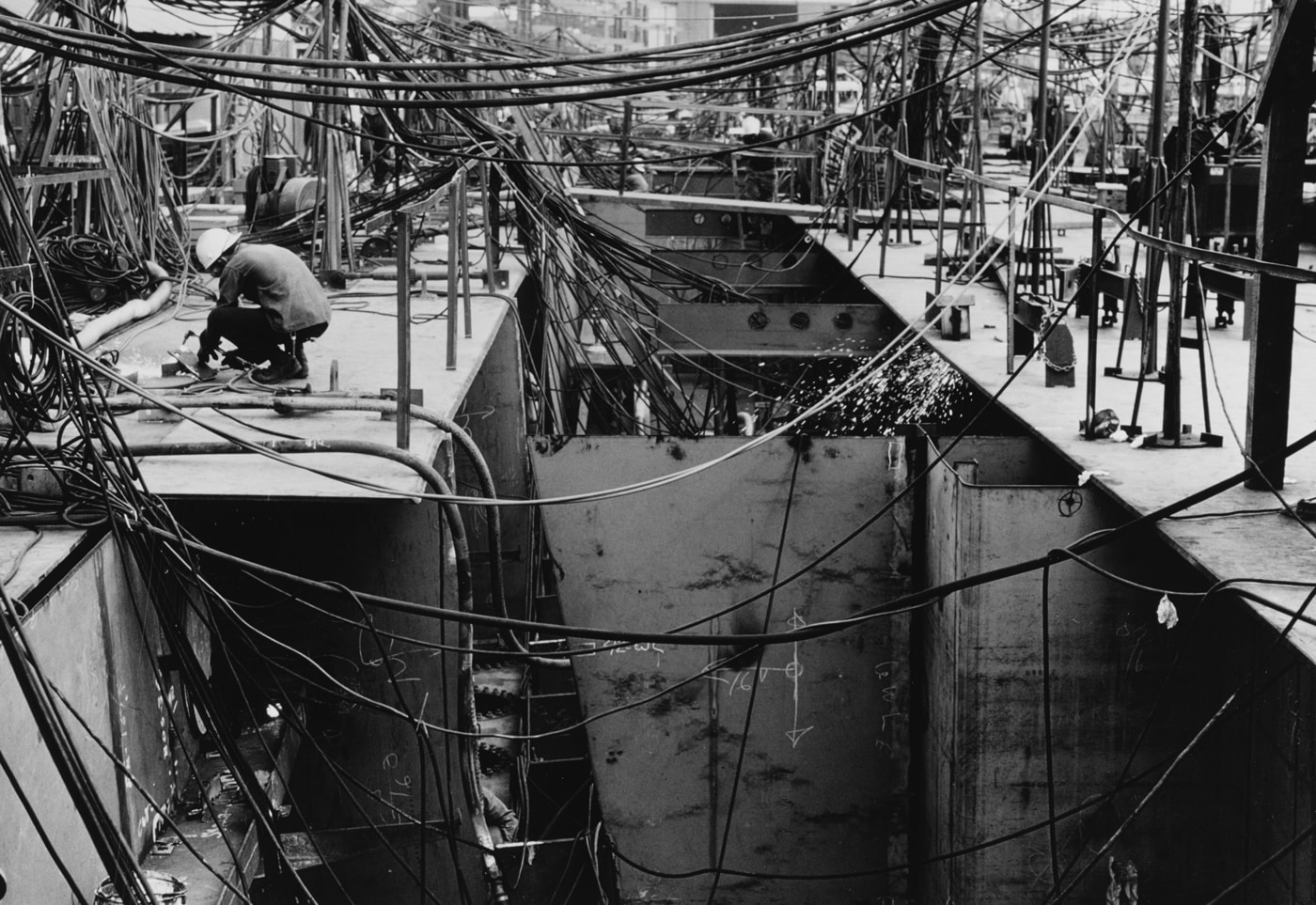
The carrier had departed Bremerton in November, and during a seven-month deployment, she conducted six port visits in Singapore, Guam, South Korea, Thailand, Japan, and Hawaii. The carrier also operated with the joint force and several countries, including Japan, South Korea, Australia, Canada, France, Singapore, and the Philippines, in the Indo-Pacific region.
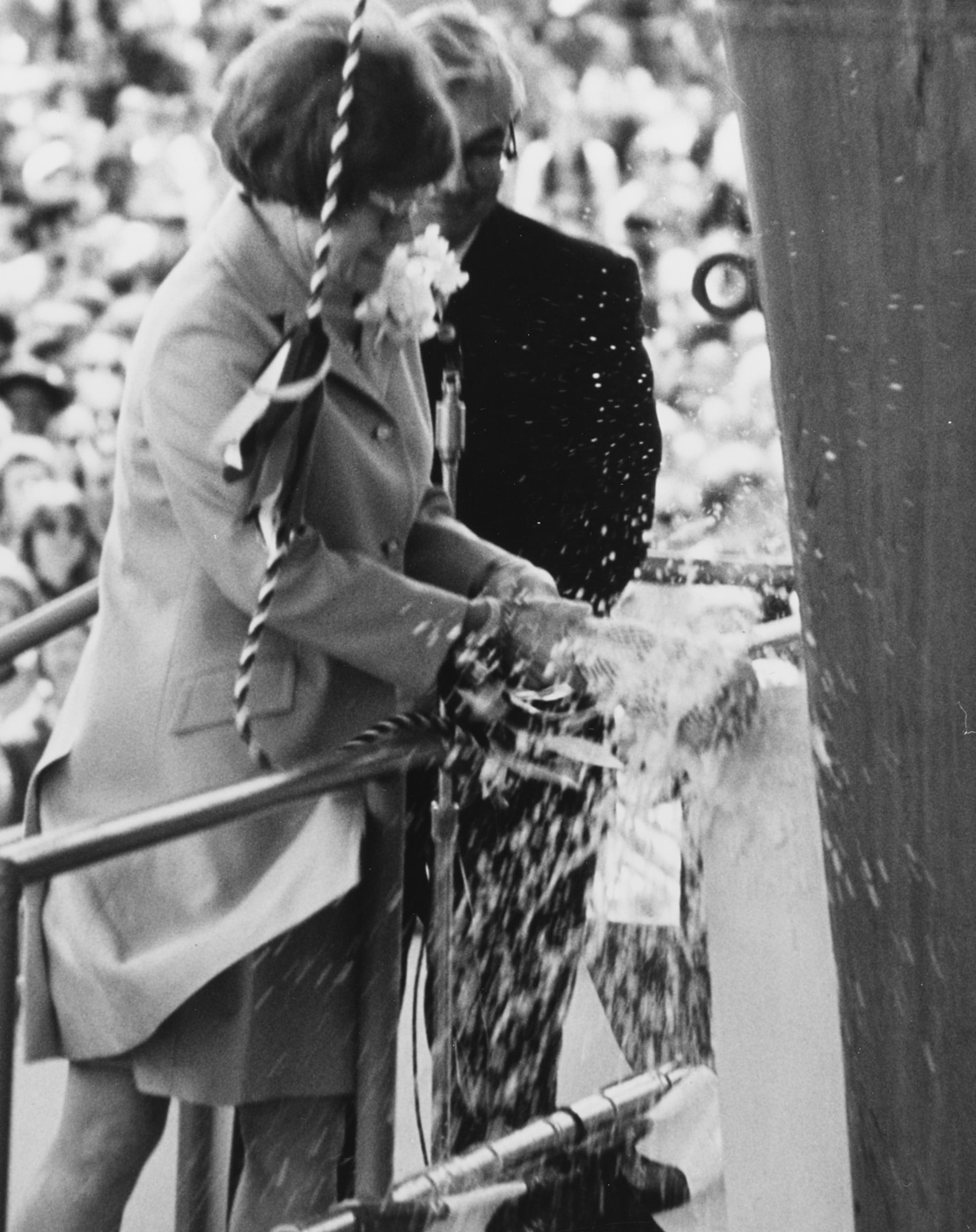
This will have been one of the final homecomings for the warship, now the oldest active aircraft carrier in service, as the U.S. Navy is scheduled to decommission the ship in 2026. Because of her nuclear reactors, there are no plans to preserve the vessel as a museum ship — and over the coming decade and a half, the supercarrier will be broken up.
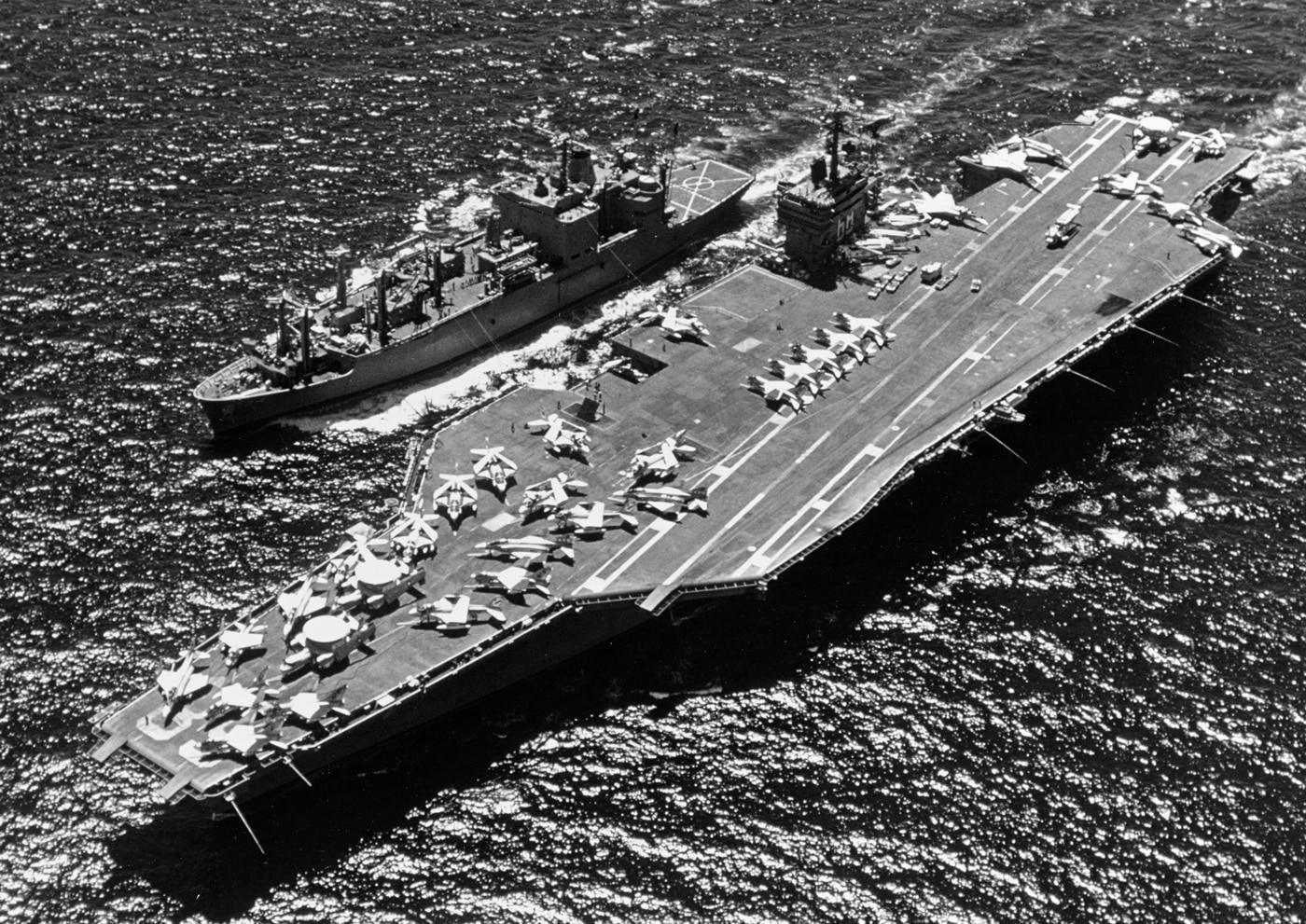
Yet, nine of her sister ships of the Nimitz-class will continue to serve for the coming half-century. Even as they’ll be replaced on a one-for-one basis with the new Gerald R. Ford-class, the carriers will continue to project power around the globe like almost no other warship afloat today.
Nimitz-Class Carriers Are Born
Named for United States Fleet Admiral Chester W. Nimitz, who commanded the U.S. Pacific Fleet during the Second World War, the nuclear-powered class of supercarriers was developed in the 1960s to supplement the U.S. Navy’s Kitty Hawk and Enterprise classes, while originally designed as direct replacements for the aging Midway-class.
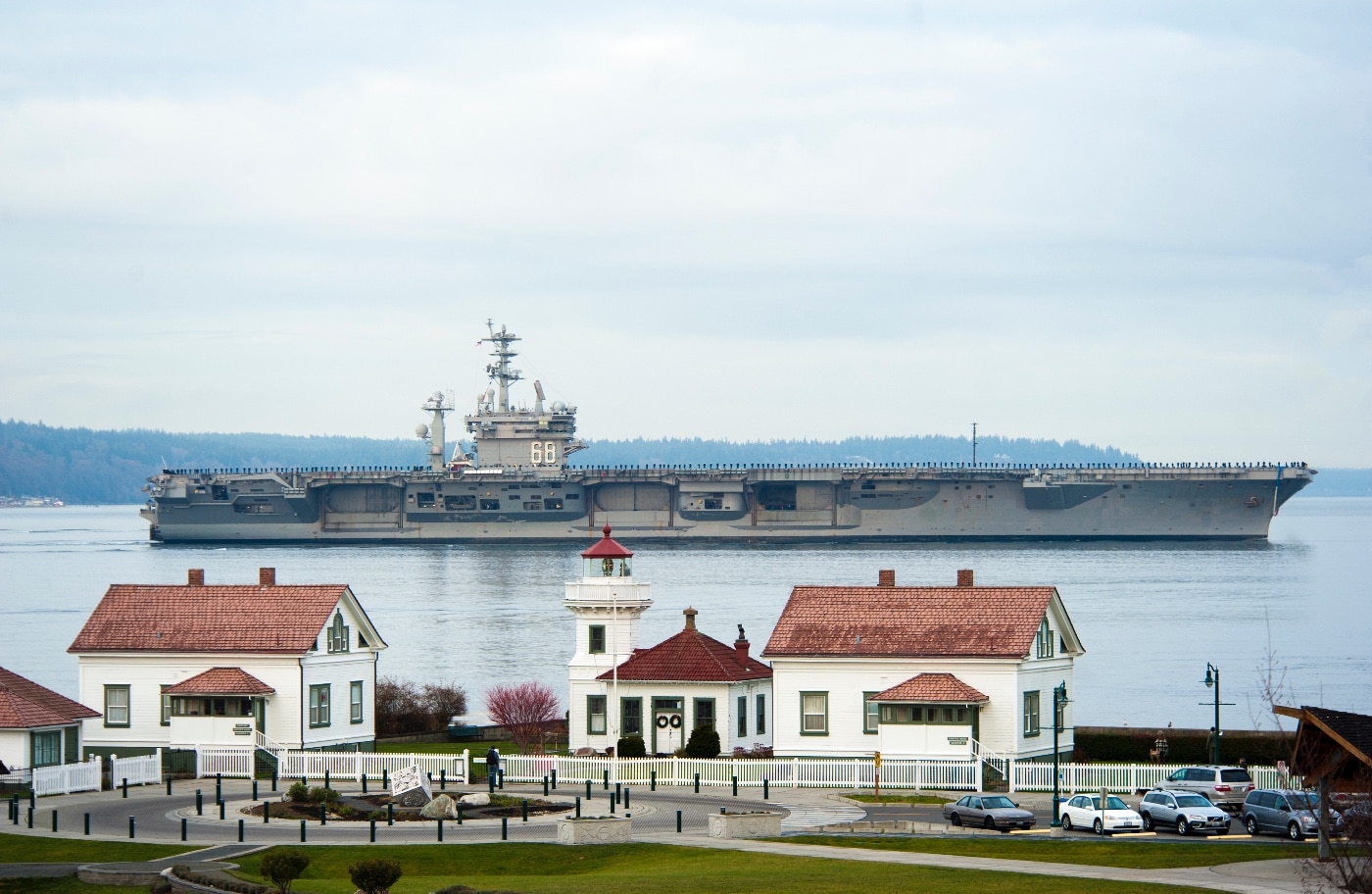
The ships, which were initially designed to have a a full-load displacement of more than 89,566 tons, the ships were delivered far heavier. As they were overhauled and additional equipment was installed, the displacement exceeded 100,000 long tons. Each further has a length of 332.9 meters (1,093 feet), and these were also vastly improved over previous U.S. Navy aircraft carriers, notably the Enterprise – of which only a single of a planned six were built — as well as the Forrestal-class, the initial class of supercarriers.
[Read about the Forrestal-class aircraft carriers here.]
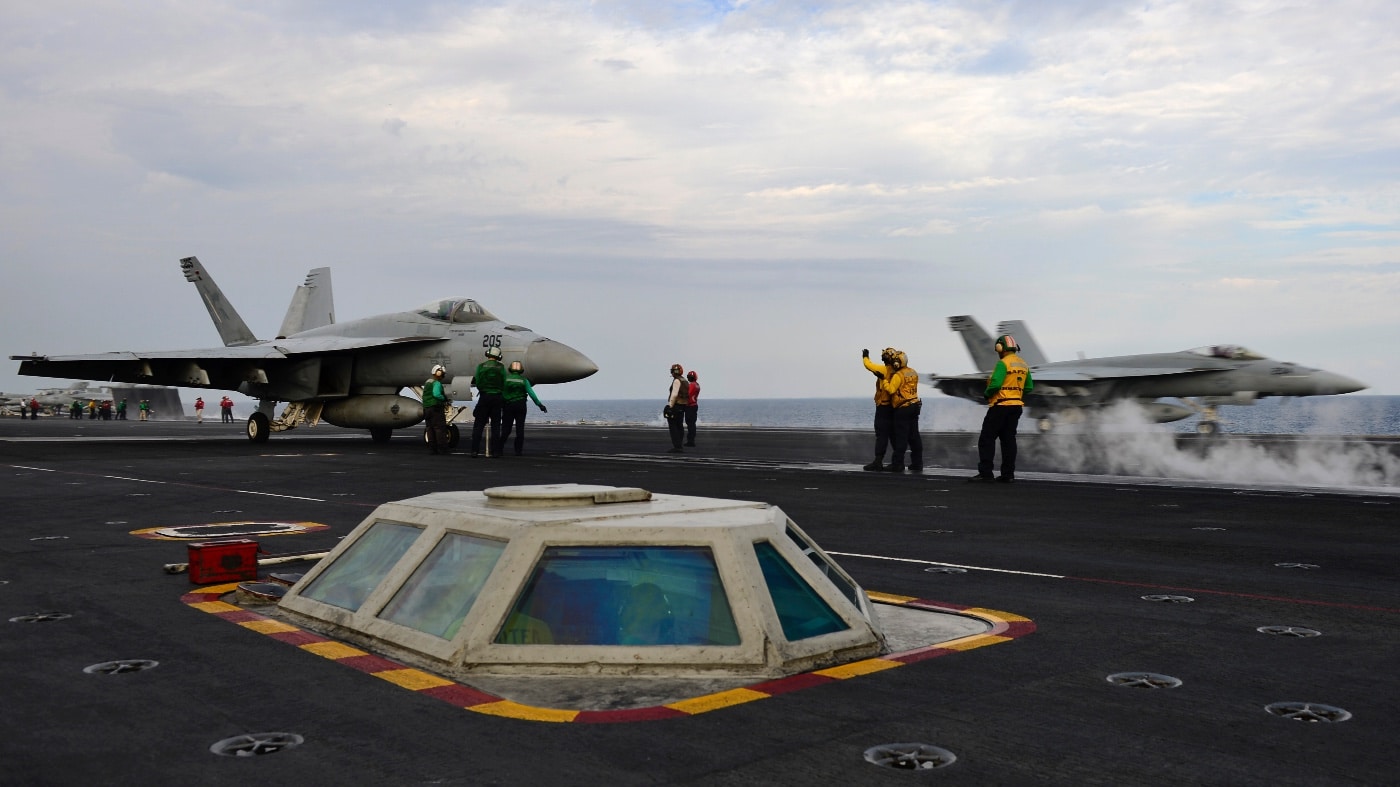
The Nimitz-class differed from the earlier Enterprise in having a then-new two-reactor powerplant design in two separate compartments, with the ordnance magazines between and forward of them. That change greatly increased the internal space available, which allowed the carriers to accommodate some 2,331 tonnes (2,570 tons) of aviation weapons and 10.6 million liters (2.8 million gallons) of aircraft fuel — enough for 16 days of continuous flight operations before stocks needed to be replenished.
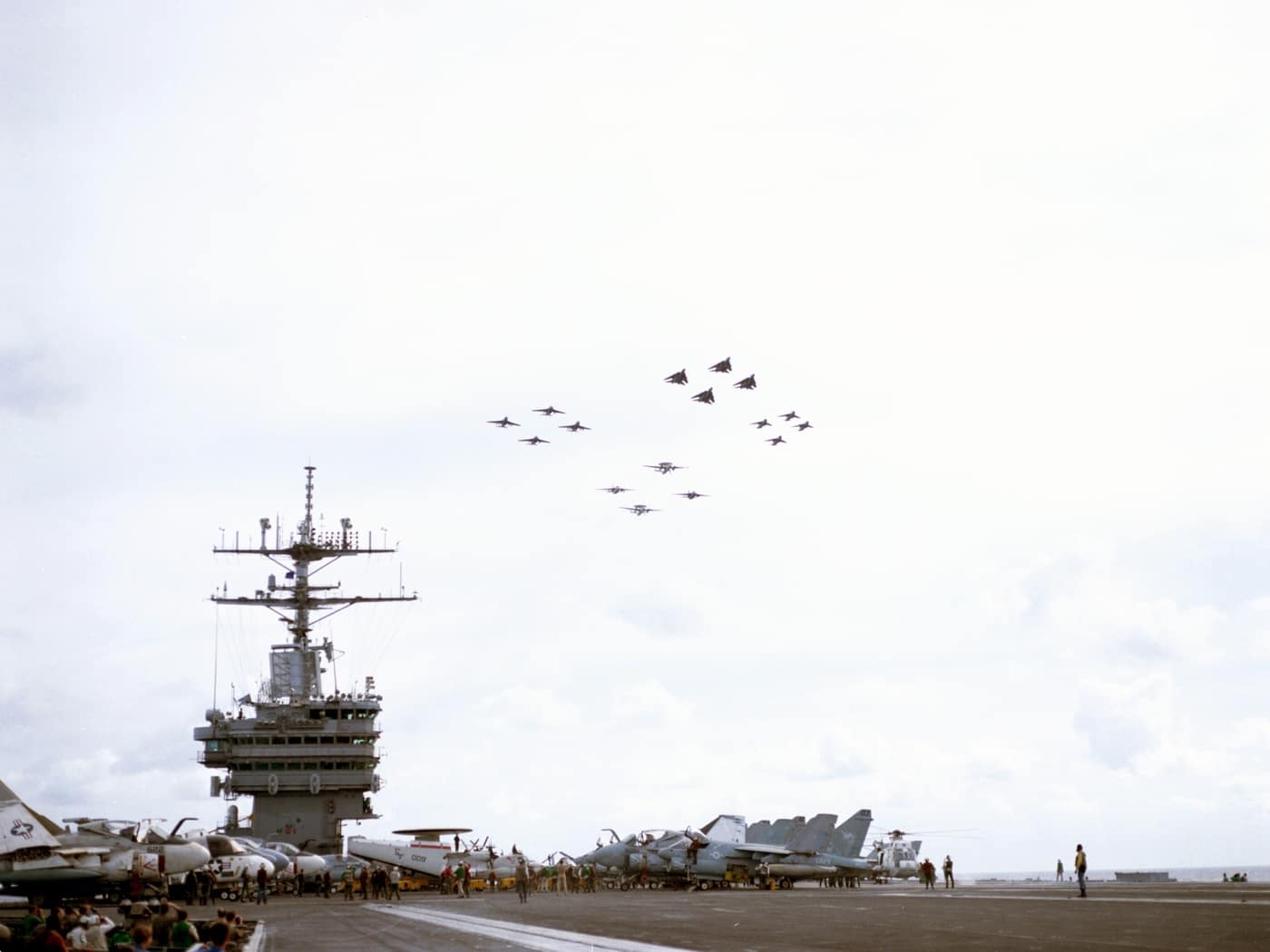
According to various sources that was as much as 90 percent more aviation fuel, and 50 percent more ordnance than the Forrestal-class. Yet, despite the fact that each of the Nimitz-class supercarriers was essentially a floating fuel tank and ammunition depot, the U.S. Navy initially called for the warships to be able to withstand three times the damage the World War II-era Essex-class sustained from Japanese air attacks.
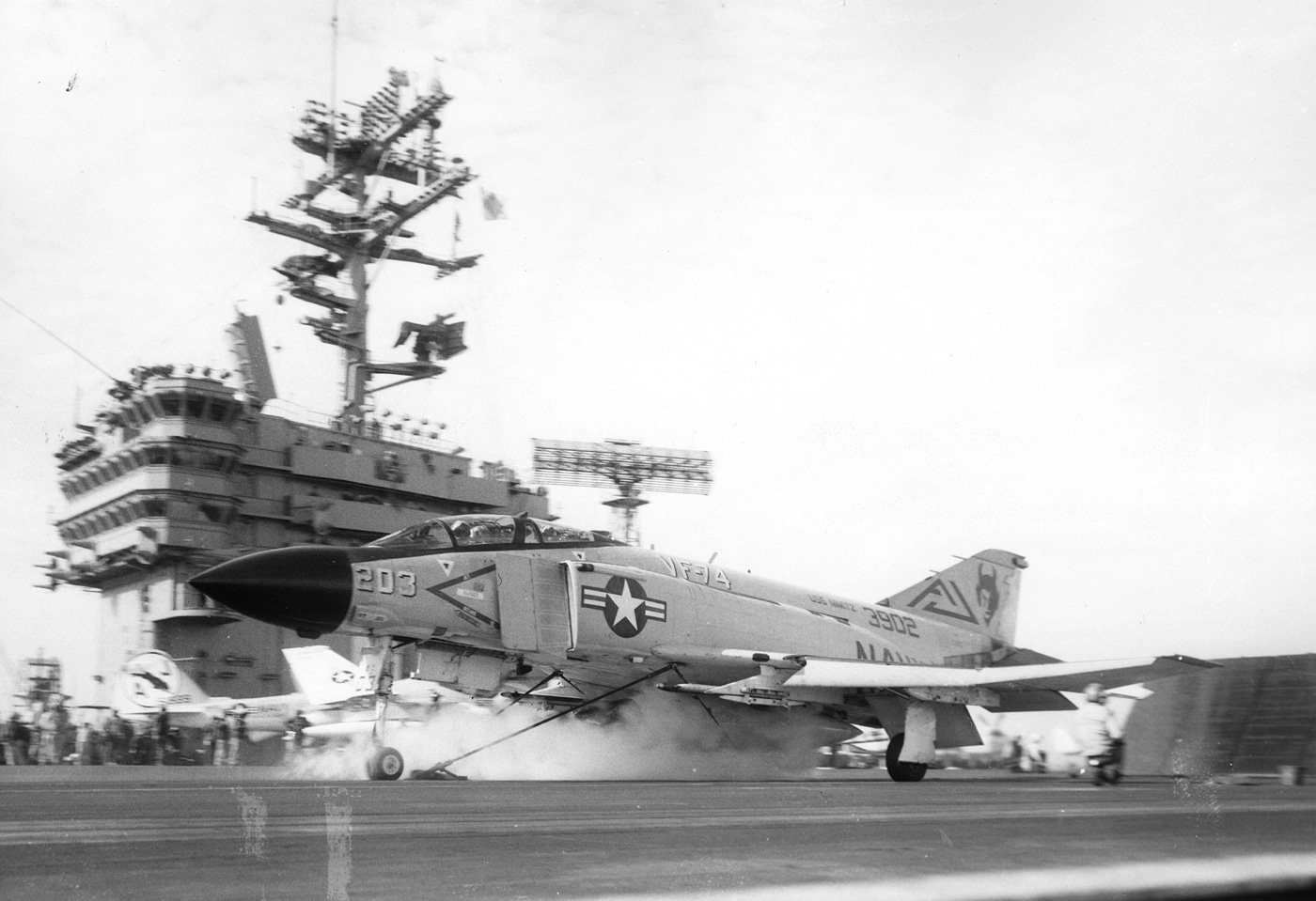
That included dividing the three fire bays with thick steel doors that could greatly restrict the spread of fire. That is a feature that has been present on all U.S. carriers since the Second World War. Moreover, the ships were further developed as the U.S. military was engaged in combat operations in Vietnam, and that played a role in certain design aspects.
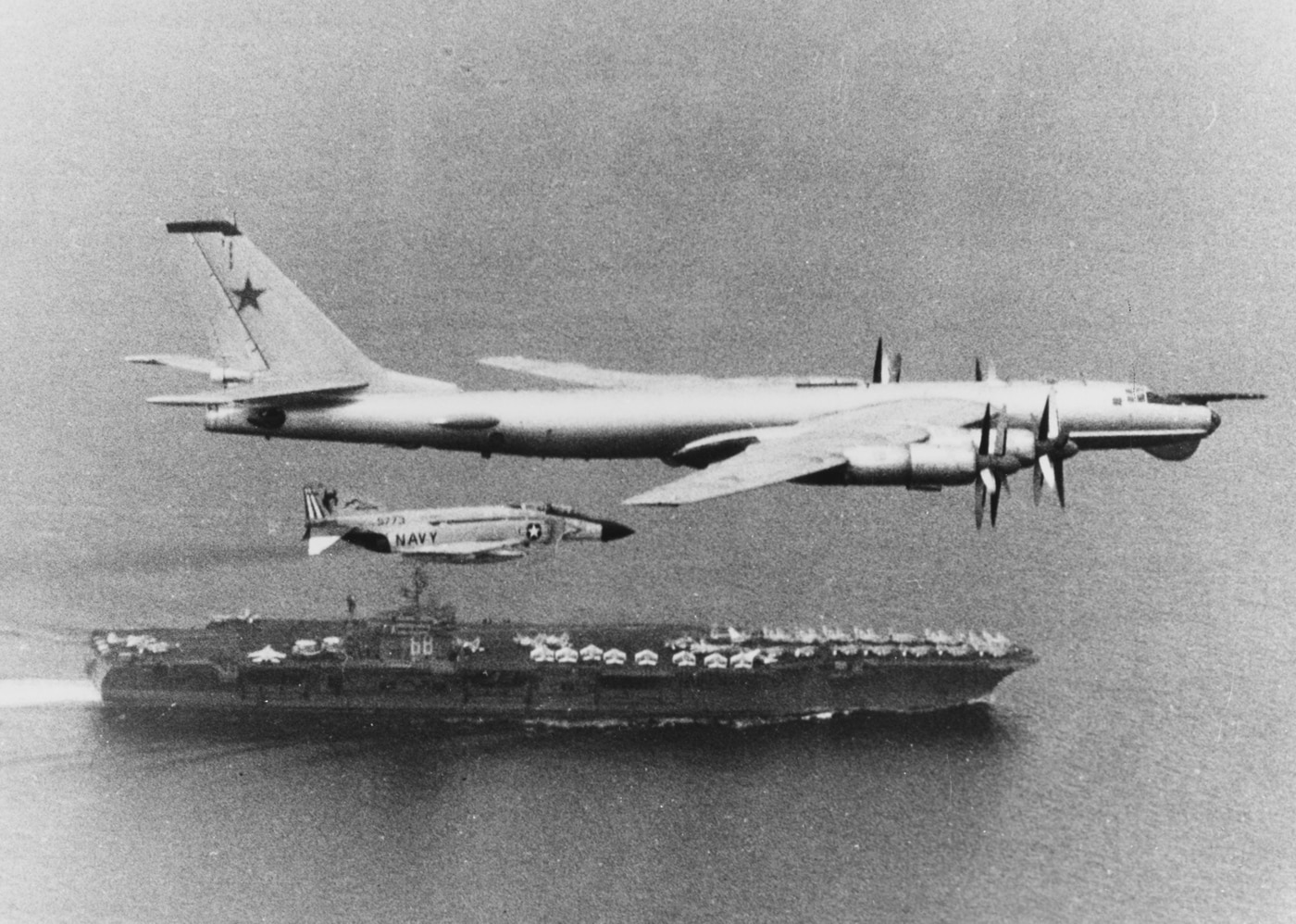
It was determined that the increased capabilities of the warships were as important as survivability, especially as these massive capital ships were seen as less vulnerable to attack.
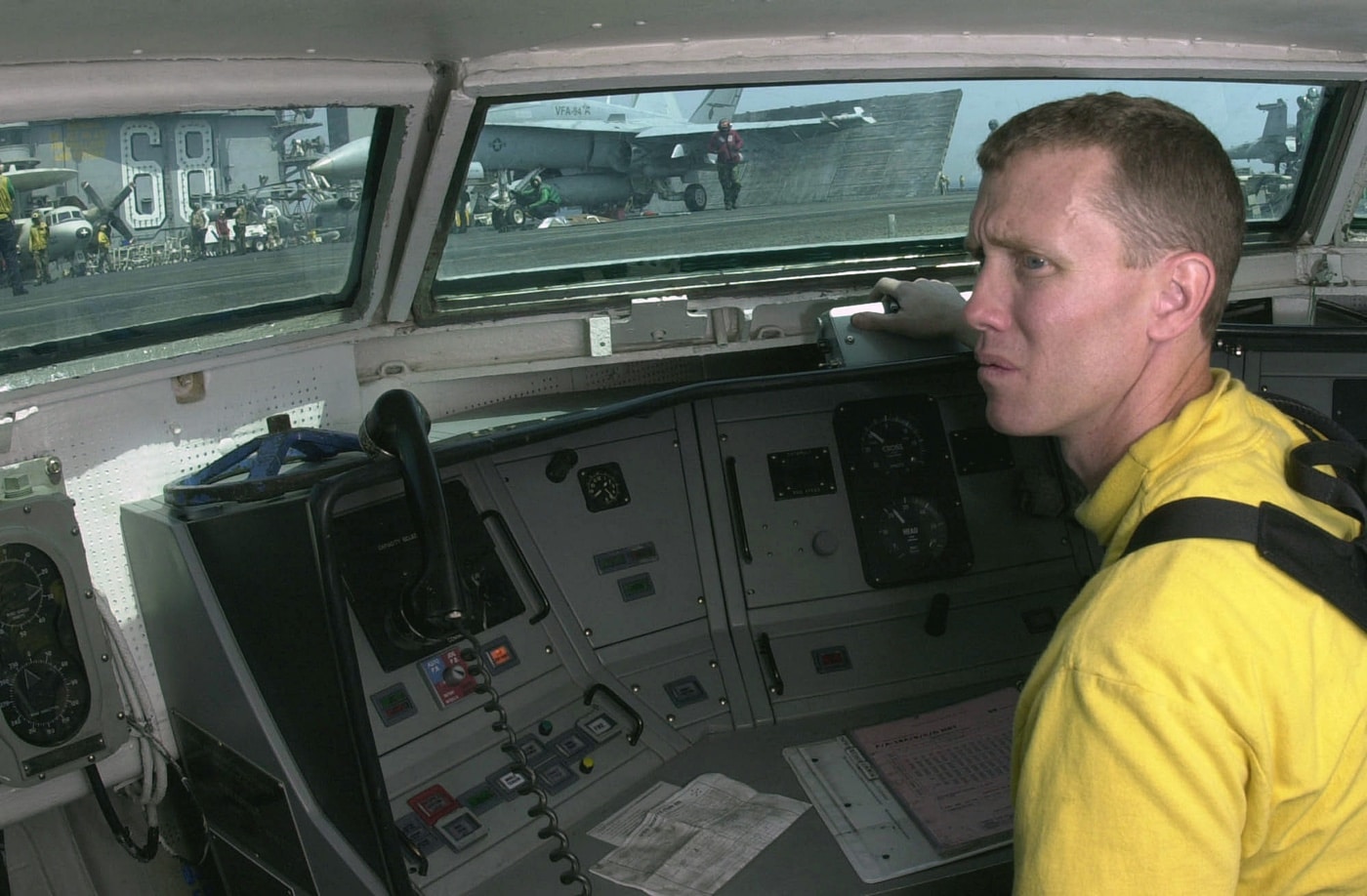
Though initially categorized as “attack carriers,” since the construction of the third Nimitz-class carrier USS Carl Vinson (CVN-70), the ships were designed to be utilized in anti-submarine warfare (ASW) capabilities, as well as sea and air blockade, mine laying, and missile strikes on land, air, and sea.
A Class Above the Rest
A total of 10 Nimitz-class carriers were constructed between 1968 and 2006 at Newport News Shipbuilding in Newport News, Virginia. And though USS Nimitz (CVN-68) arrived too late to see actions in Southeast Asia, she took part in combat operations during the 1991 Gulf War and its aftermath.
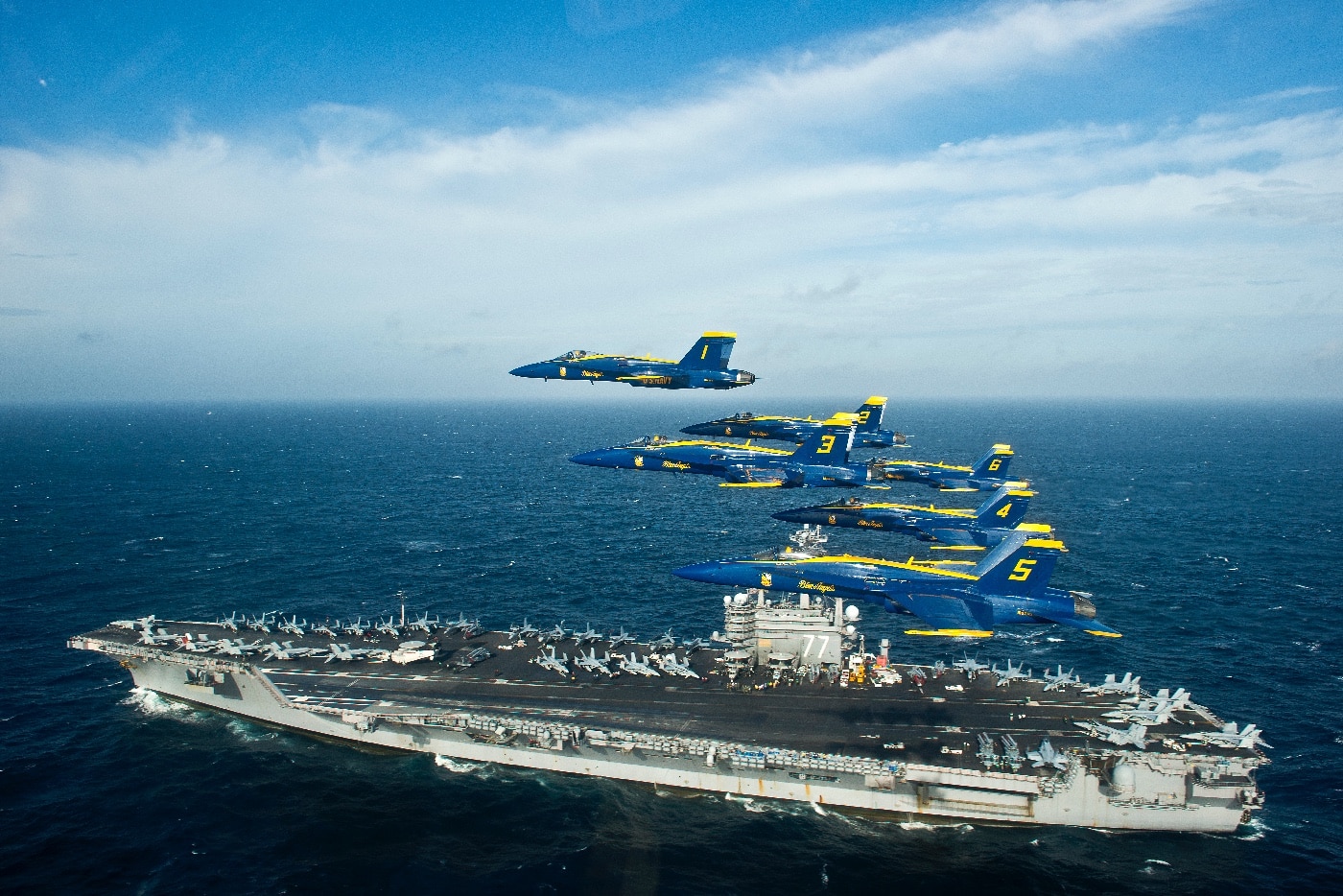
The supercarriers have taken part in a number of humanitarian missions over the past four decades, and have been employed throughout the Global War on Terror (GWOT), including combat missions in Afghanistan and Iraq — and in the 2021 withdrawal of U.S. forces in the former.
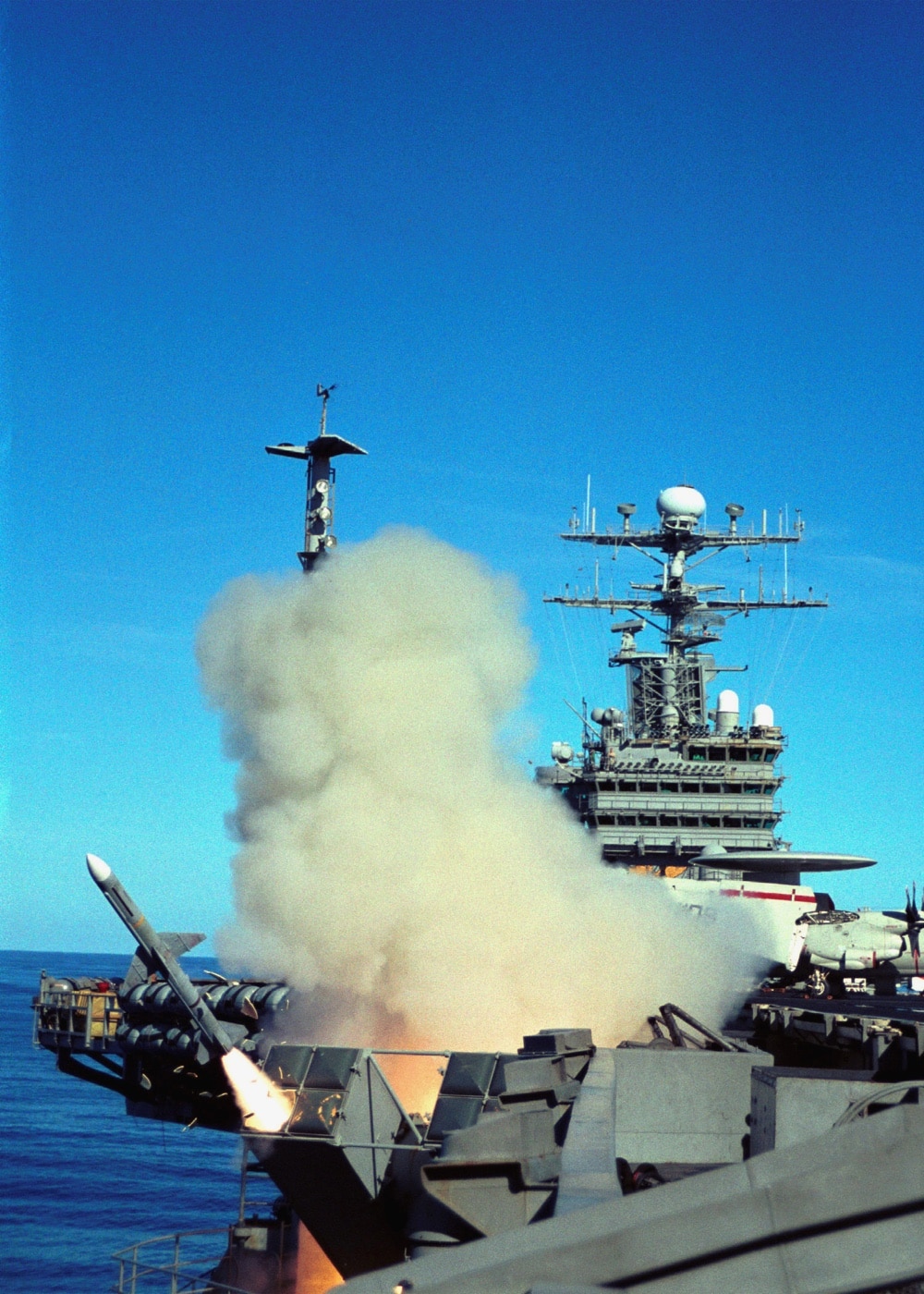
The latest to join the fleet was USS George H.W. Bush (CVN-77), which was commissioned in 2009. She is expected to remain in service until the late 2050s.
Power Projection
The largest capital ships in the world until the arrival of the Gerald R. Ford-class, these supercarriers were truly floating air bases — with an angled flight deck that is 238 meters (780 feet) in length, and fitted with three arrester wires and an arrester net for recovering aircraft.
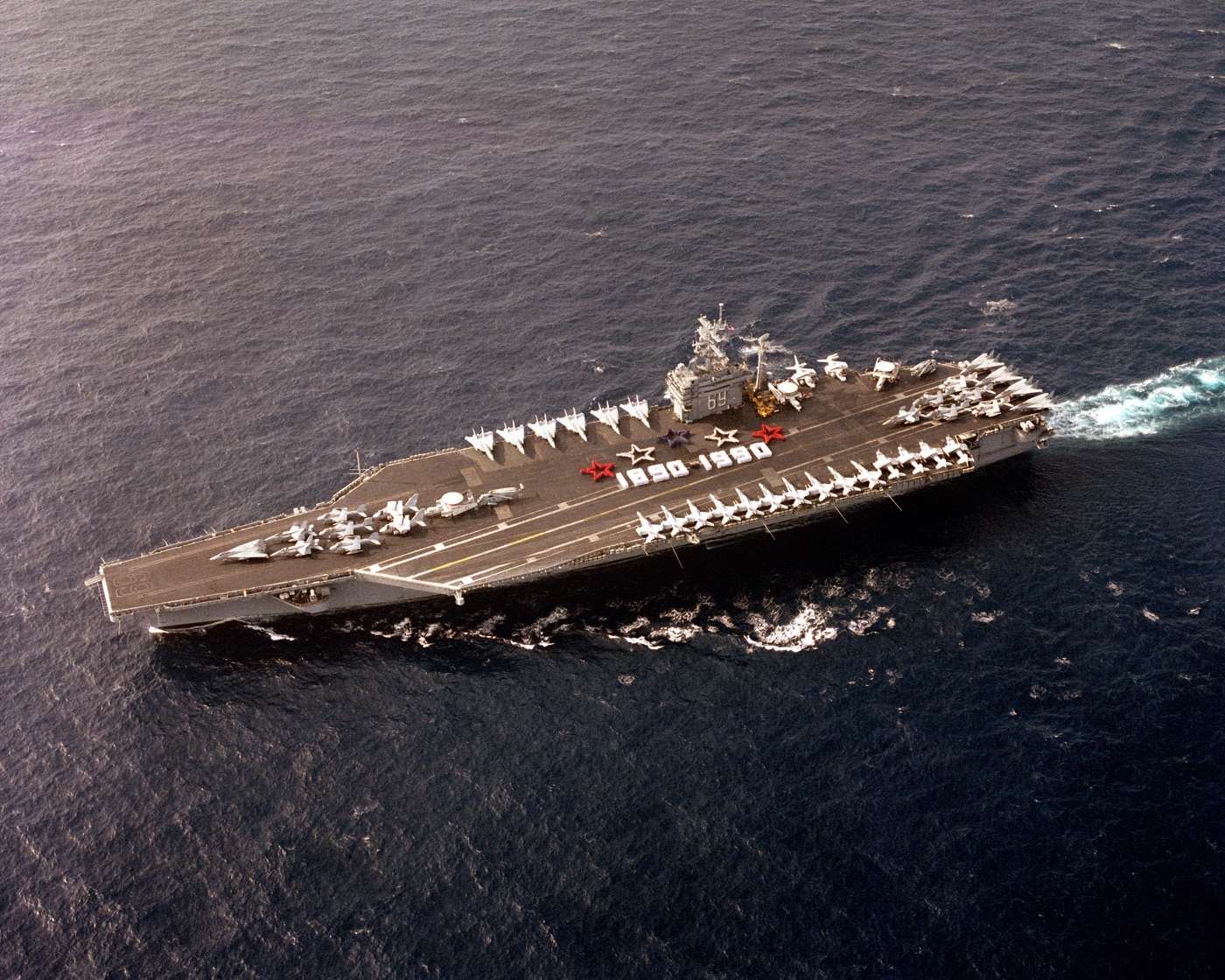
The hanger is 7.8 meters (25 feet, 7 inches) high, and it can accommodate around 40 to 50 percent of the aircraft embarked at any one time, while the remainder can be stored on the flight deck. Four deck-edge elevators are available with two forward and one aft of the island on the starboard side and one on the port side.
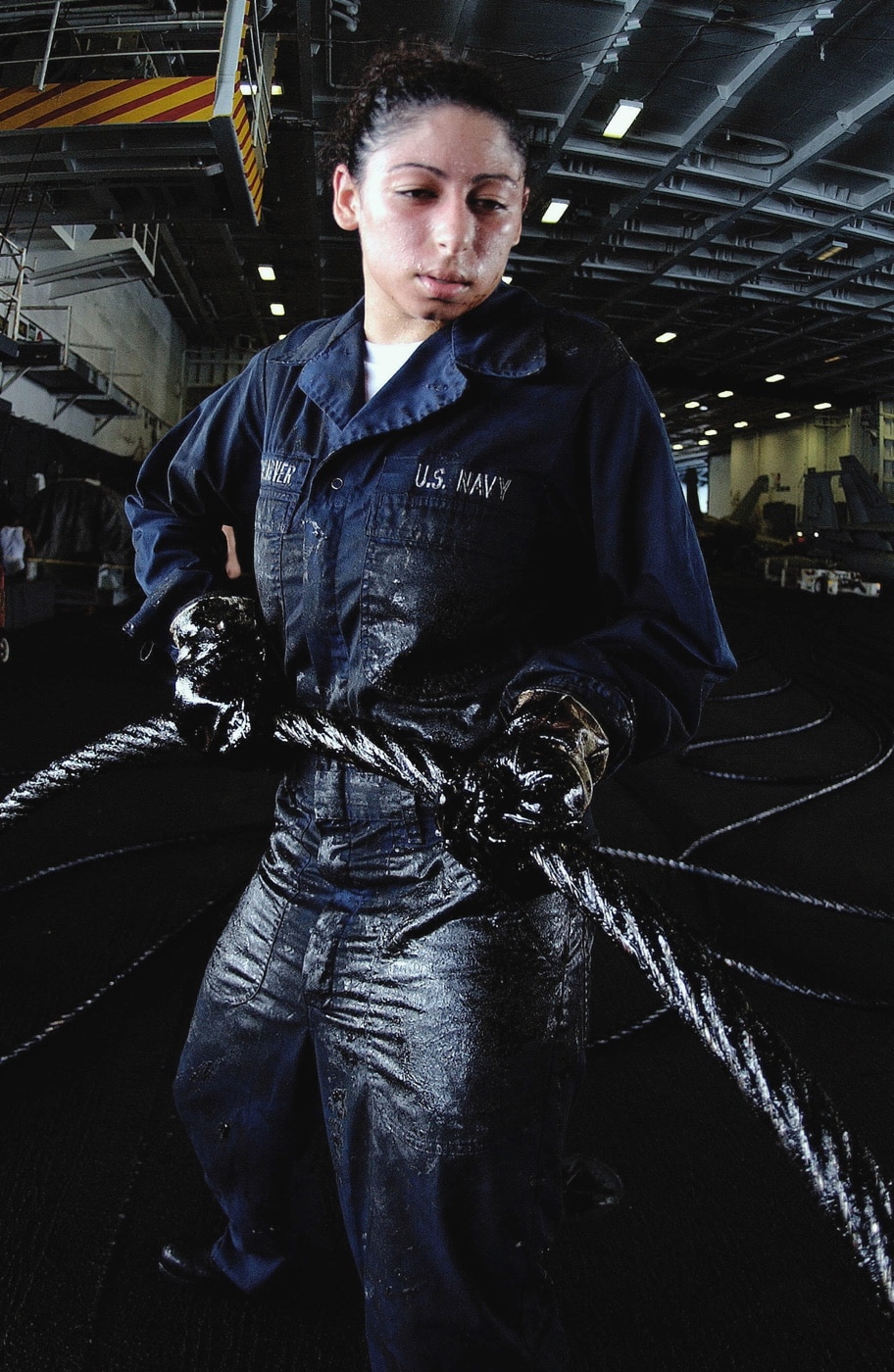
The Carrier Air Wing can include four squadrons of F/A-18 Hornets/Super Hornets, an electronic attack squadron with EA-8B Prowlers, an early warning squadron with E-2C Hawkeyes, and an ASW squadron with SH-60 helicopters.
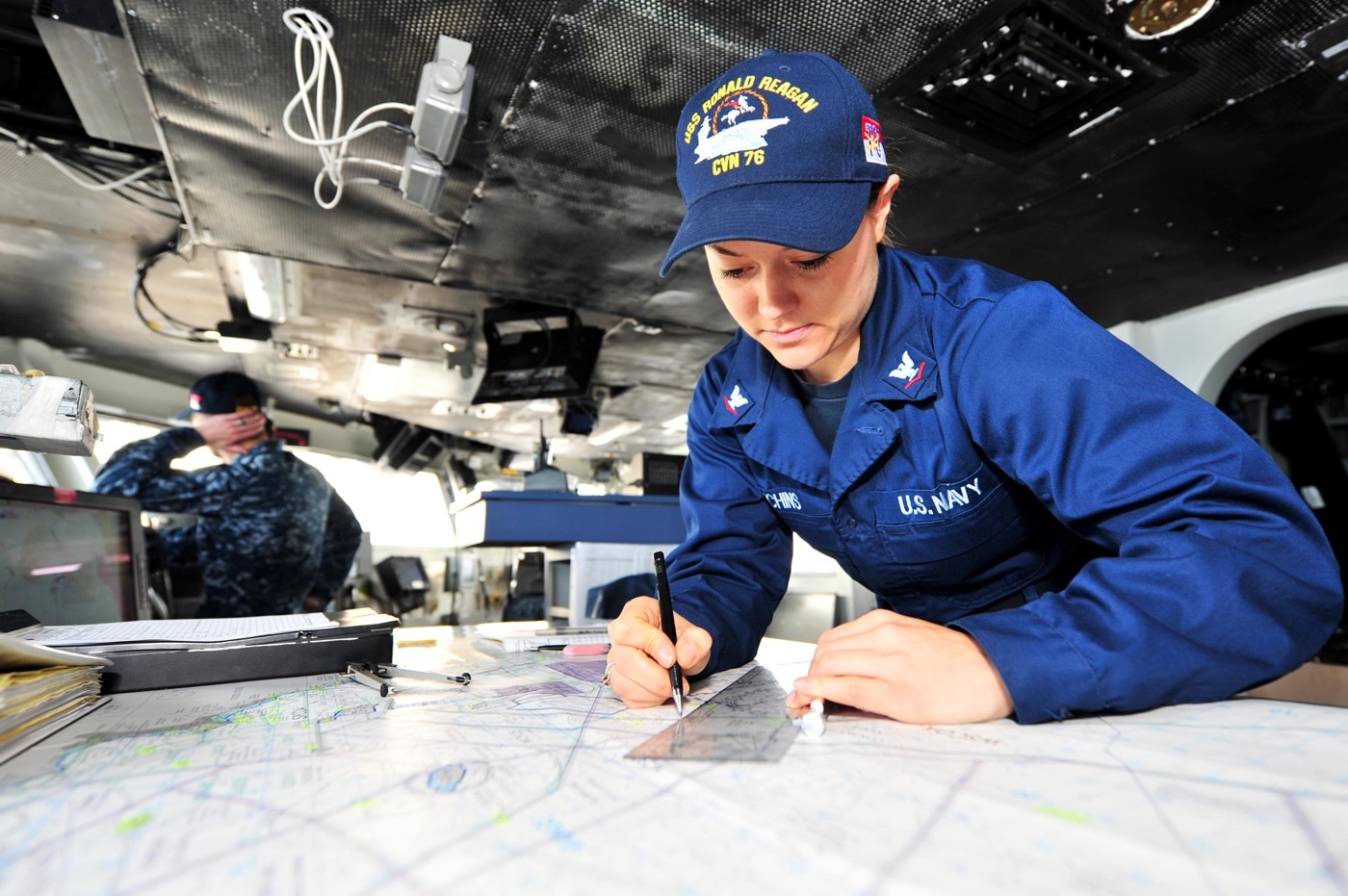
In September 2020, USS Carl Vinson (CVN 70) became the first carrier to deploy with the F-35C, the carrier-variant of the Lockheed Martin F-35 Lightning II. Last year, USS Abraham Lincoln (CVN 72) deployed to the Western Pacific with F-35Cs as part of its air wing, while USS George H. W. Bush (CVN 77) emerged in August 2021 from a Drydock Planned Incremental Availability at Norfolk Naval Shipyard, Portsmouth, Virginia, and subsequently operated the F-35C in mid-December of that same year for the first time. The U.S. Navy’s next aircraft carrier to receive modifications to operate the F-35C Lightning II strike fighter will be the USS George Washington (CVN 73), according to the U.S. Navy.
Nuclear-Powered Floating Cities
The Nimitz-class carriers are powered by two Westinghouse A4W nuclear reactors and four steam turbines, generating 19 MW (260,000 shp), and technically each has unlimited endurance. The ships can reach a maximum speed of 31.5 knots.

Though the flattops can carry considerable fuel and ordnance for the aircraft onboard, each also needs to feed more than 5,500 people — including the ship’s complement of 3,200 sailors, as well as 2,480 manning the air group. The supercarriers can stock at least a 70-day supply of refrigerated and dry storage goods. The Food Services Department can provide up to 20,000 meals a day.
Each of the carriers also has its own library, supermarket, TV and radio stations.
Future of the Fleet
With the arrival of CVN-77 more than a decade ago, the U.S. Navy won’t be building any additional Nimitz-class carriers. Yet, as noted, the remaining carriers have years and decades of future service.
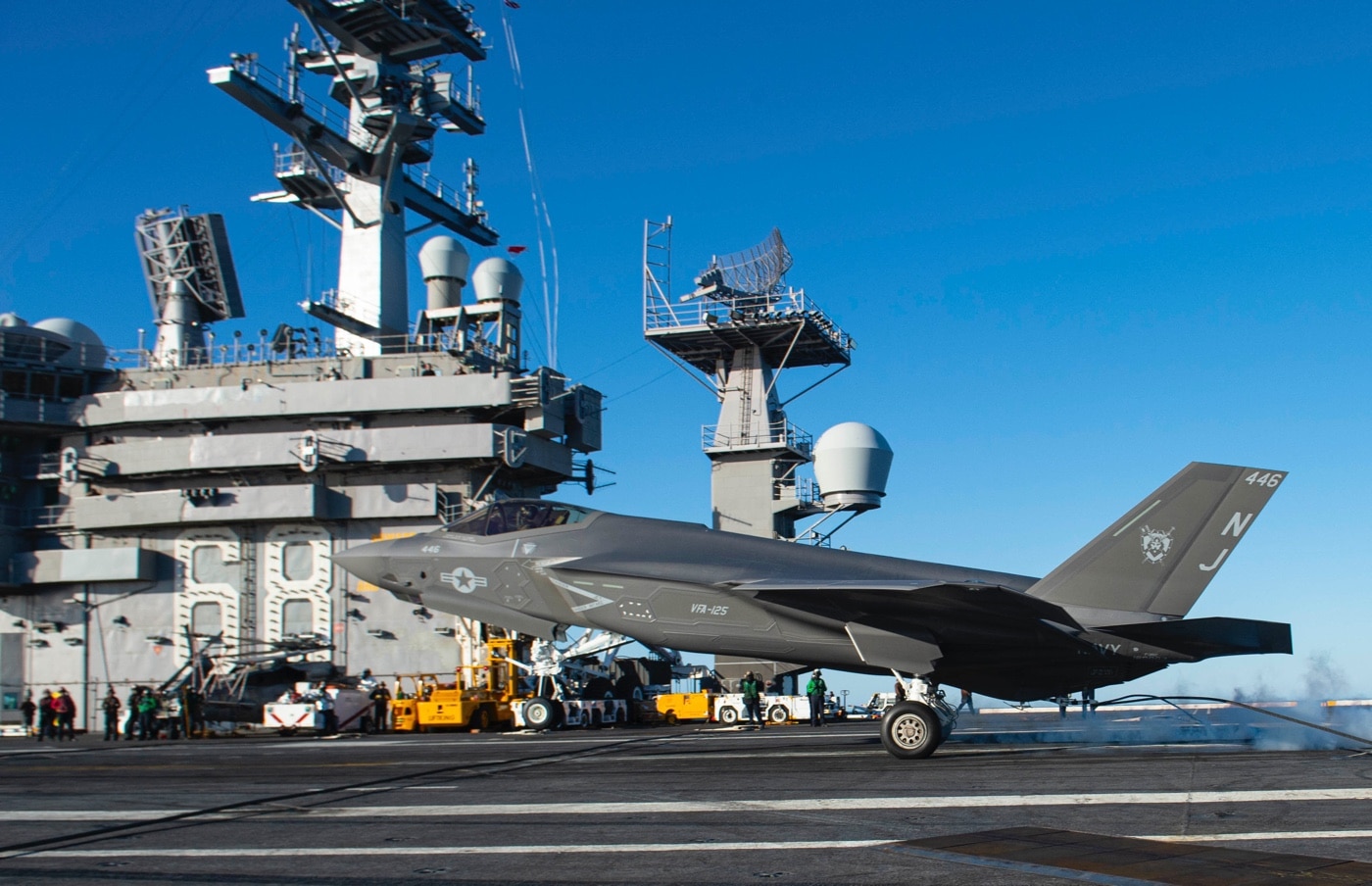
This is due to the midlife refueling/complex overhaul (RCOH), which essentially doubles the service life of nuclear-powered warships. In fact, the RCOH for the USS Nimitz was only the fourth time it was accomplished on a nuclear aircraft carrier when it was completed in 2001, according to the RAND Corporation. It took five years of planning and three years of execution.
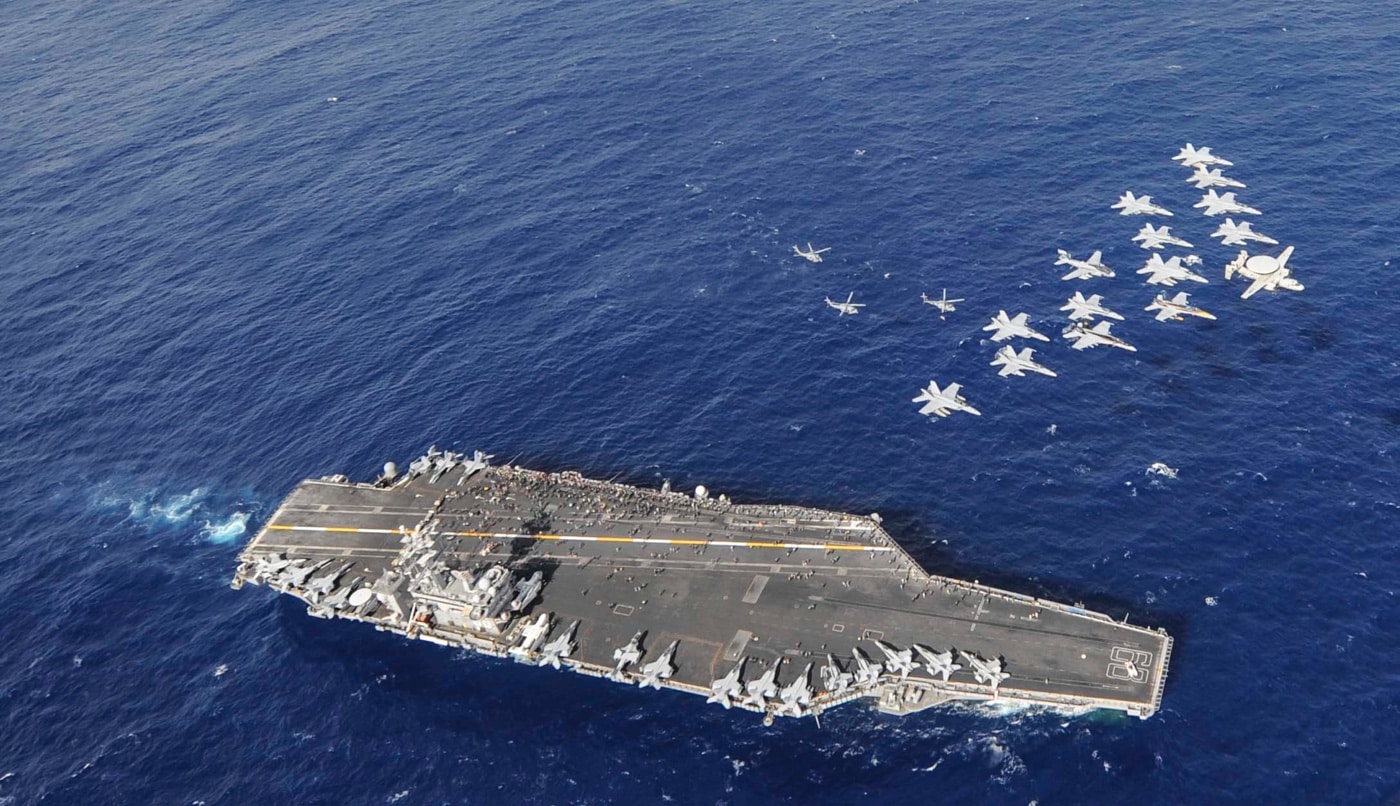
It wasn’t exactly smooth sailing either, as it involved numerous budget and work-requirement changes, as well as a four-month labor-union strike during the overhaul, which caused the scheduled completion of the project to slip by several months and resulted in significant cost growth.
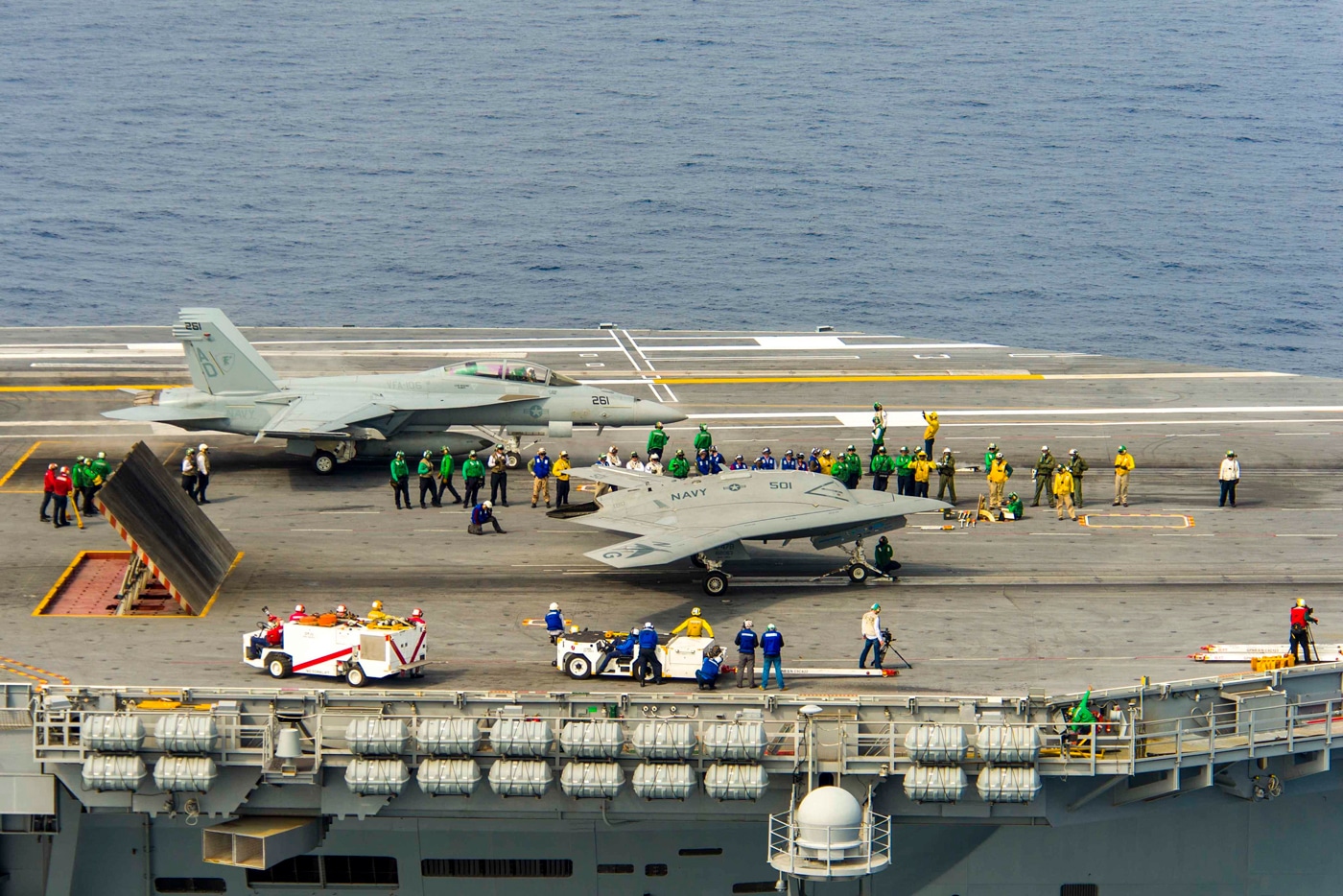
One issue is that Newport News Shipbuilding, which constructed the vessels, is also the only U.S. shipyard with the capability to build and refuel nuclear aircraft carriers. It is a complicated affair that literally sees the ship taken apart and put back together — a process that is a bit like taking apart a LEGO playset!
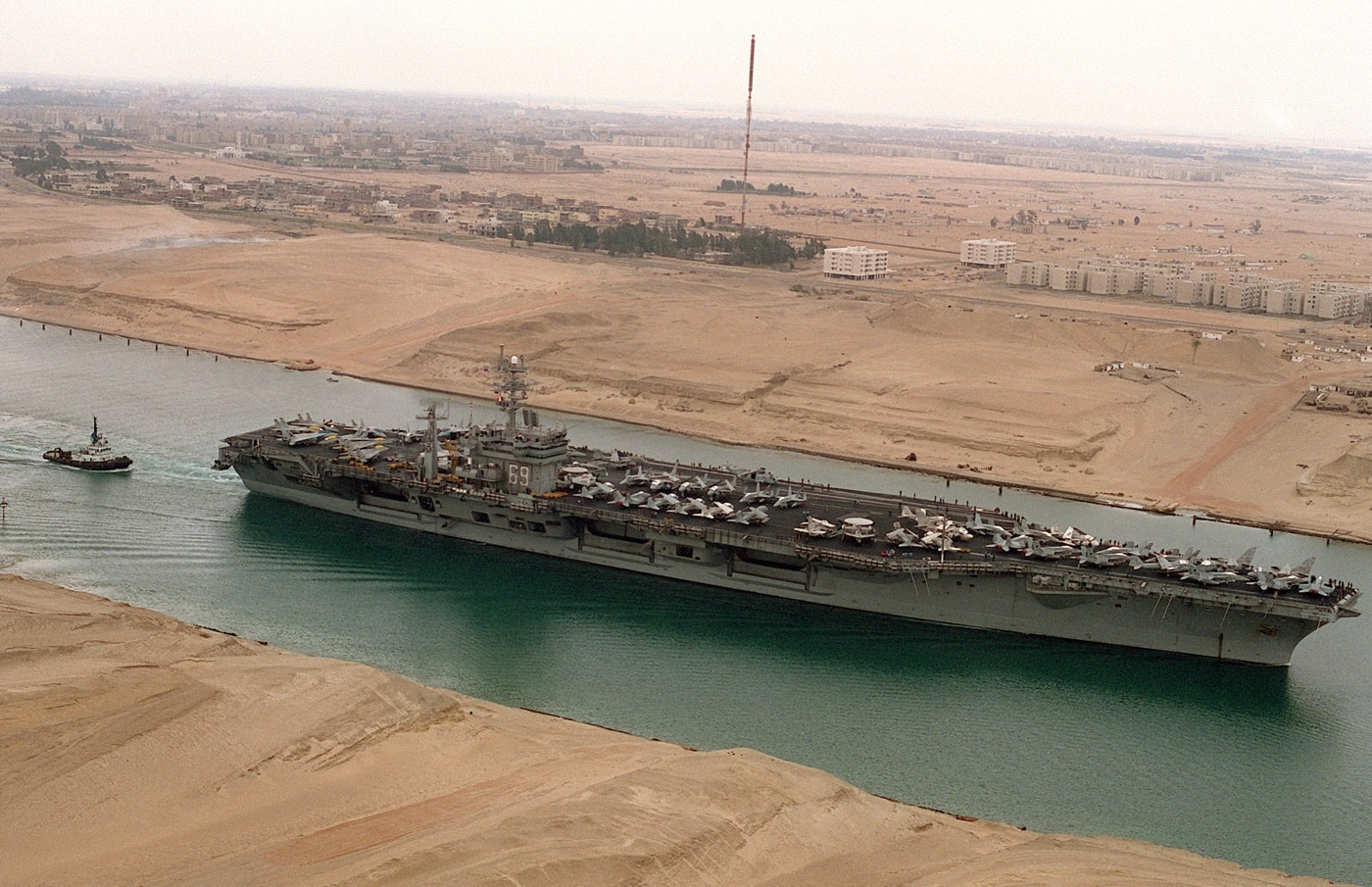
This also explains why the scrapping of the USS Nimitz will be a costly and complicated affair. It is the downside to having such a powerful and capable warship. These supercarriers can project power around the world, and are reported to be extremely difficult to destroy (we hope anyway) — but it also means that maintaining and then disposing of them won’t be exactly easy!
Editor’s Note: Please be sure to check out The Armory Life Forum, where you can comment about our daily articles, as well as just talk guns and gear. Click the “Go To Forum Thread” link below to jump in!
Join the Discussion
Continue Reading
Did you enjoy this article?

 352
352






